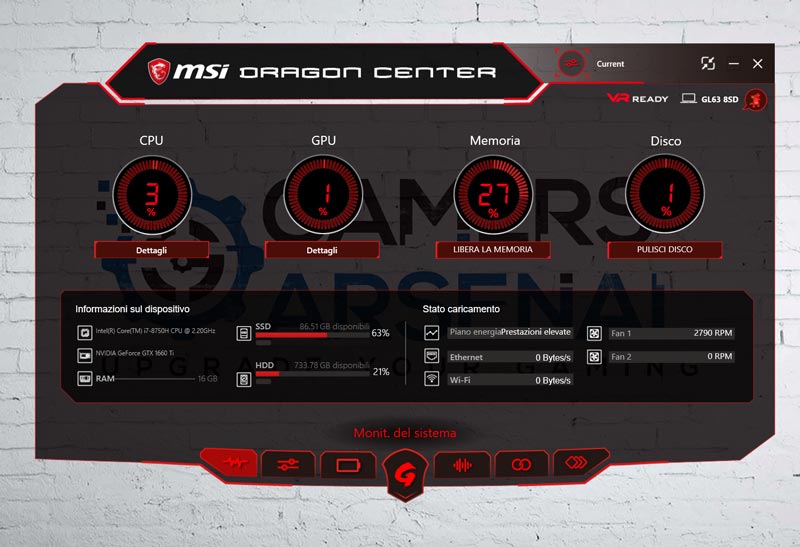
MRA can also be used to detect aneurysms, vascular malformations and other vascular pathology within the brain, spinal cord, or other parts of the body). Magnetic resonance angiography (MRA) is a procedure used to evaluate blood flow through arteries in a noninvasive manner. Newer uses and indications for MRI have contributed to the development of additional magnetic resonance technology. This feature makes MRI ideal for imaging the musculoskeletal system, brain, spine, internal organs and heart. Magnetic resonance imaging (MRI) may be used instead of computed tomography (CT) in situations where organs or soft tissue are being studied, since MRI is generally better in differentiating between types of soft tissues. Because ionizing radiation is not used, there is no risk of exposure to ionizing radiation during an MRI procedure.


MRI does not use ionizing radiation, as do X-rays and computed tomography (CT scans).

MRI is a diagnostic procedure that uses a combination of a large magnet, radiofrequency pulses, and a computer to produce detailed images of organs and structures within the body. See Radiology Locations & Services Magnetic Resonance Imaging (MRI) What is MRI?


 0 kommentar(er)
0 kommentar(er)
